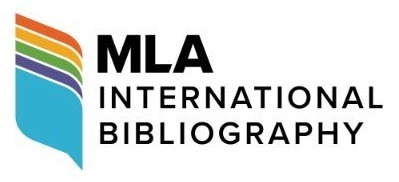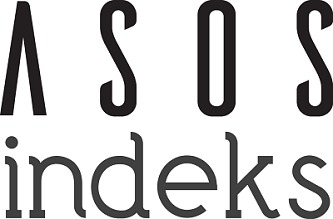MODERN DIRECTIONS OF A TRADITIONAL ART: THE USE OF COLOUR IN JAPANESE CALLIGRAPHY
DOI:
https://doi.org/10.47333/modernizm.2021273785Keywords:
Shodō, Japanese Calligraphy, White Space, Yohaku, Mono No Aware, Transcendent MeaningAbstract
This study aims to analyse the way in which modern techniques are used in the art of Japanese calligraphy (shodō). Known for its preservation of traditional values, over the years shodō has started to focus less on rigour of the form and more on the possibility to reflect the calligrapher’s vision and thoughts. The article intends to highlight this shift by accentuating the impact that the evolution of writing in Japan has had on shodō and ultimately showcasing the way in which colour is used by calligraphers. The two aspects this study will bring forth will be the way in which the evolution of writing in Japan created an opportunity for innovation and how the novelty factor has evolved, currently opening new possibilities of using colour to convey deeper layers of meaning. In order to illustrate how the use of colour in shodō can transcend conventional practices, we analyse the work (物の)哀 The beauty of simple and ephemeral things created by the contemporary Romanian calligrapher Rodica Frențiu. We conclude by emphasizing the close link between traditional values and the calligraphers’ expressivity and by underlining the fact that this approach can broaden the creative horizons of shodō in the future.
Downloads
Published
How to Cite
Issue
Section
License
Articles submitted to the Journal of Modernism and Postmodernism Studies to be evaluated for publication should not be previously published in any publication. In case the articles are accepted for publication, all publication rights belong to the Journal of Modernism and Postmodernism Studies. Author (s) must send the Copyright Transfer Form if their manuscript is accepted for publication in the Journal of Modernism and Postmodernism Studies. The author (s) should sign this form with a wet signature and upload it in the file upload section.
Although the Journal of Modernism and Postmodernism Studies takes the transfer of the publishing rights from the authors, it reserves the following rights:
- Patent rights.
- All unregistered rights other than copyright
- The right to reproduce the work for their own purposes, provided that they do not sell.· The right of the author to use all or part of the work in her/his own book and other academic works, provided that the source is indicated.





